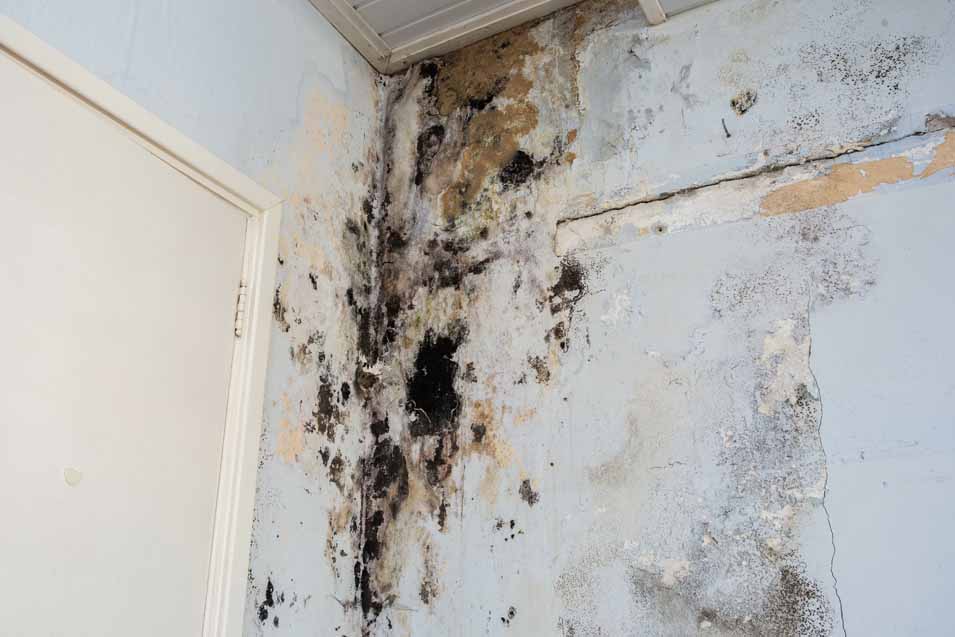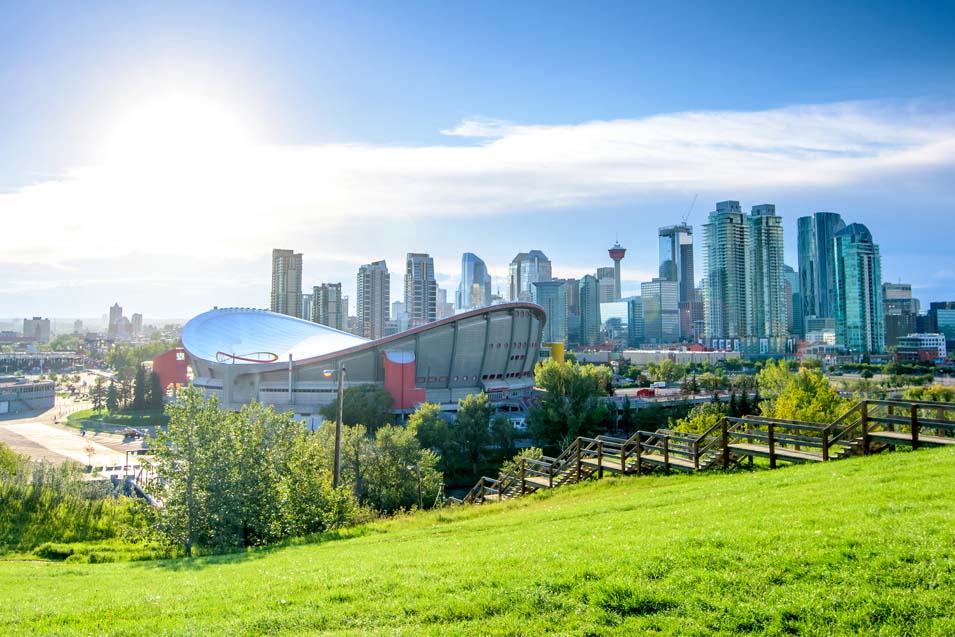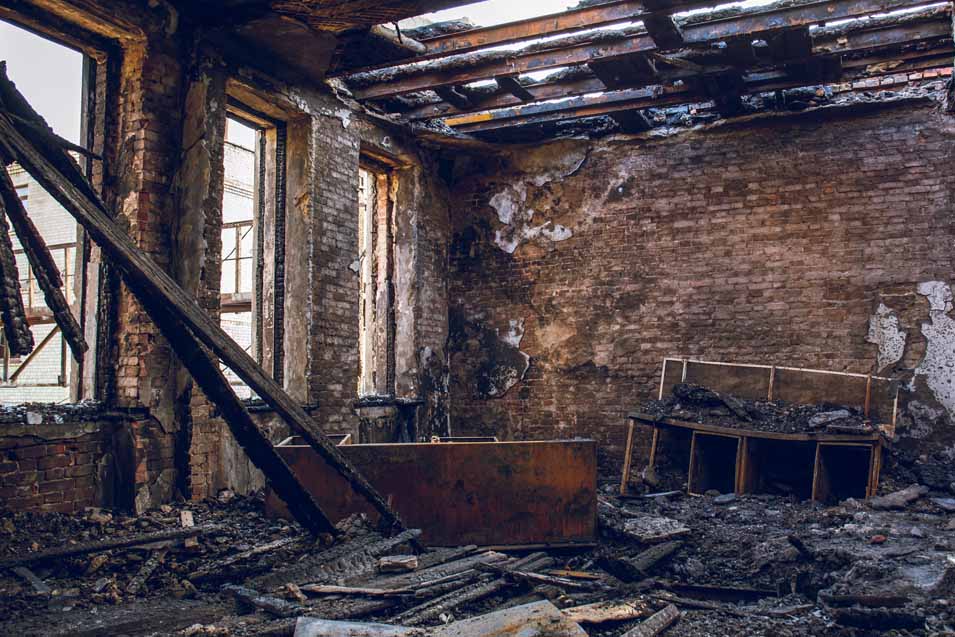If there is any moisture in a home, the affected area becomes a ripe breeding ground for mildew and mold. But many families fail to associate health complications with the possible presence of mold in their home, seeing the occasional patch of this substance as a minor nuisance that can easily be eradicated with cleaning. Unfortunately, mold can be toxic. Its symptoms may be easily confused with other health conditions. If mold is allowed to continue to grow within a home, the results can be disastrous for your health. What is toxic mold and how can you keep it out of your home?
What is Mold?
The term mold is a layman’s term that refers to different types of fungi that can be found both inside a home as well as outdoors. In order for mold to thrive, it requires a moist atmosphere. As mold begins to grow, it causes damage to the area it attaches itself to, leaving the material in danger of collapsing. But it is not simply the structure of a home that can be negatively impacted by the presence of mold. Mold infestations can have serious implications for your health; often leading to the development of what appears to be recurring allergies or life-threatening infections.
Mold can take many different forms. It typically appears in clumps and can be many different colors including black, yellow, brown, pink, and even green. While some mold simply appears as small spores, other patches emit a powerful and unpleasant odor while still others may be fuzzy to the touch.
While mold and fungus are associated with many things we find unpleasant such as a musty smell, damp rooms, mold-infested carpets, skin conditions, and even spoiled foods, some molds actually do contribute to our lives in a positive way. These particular fungi are seen in such valuable items as penicillin, blue cheese, and the yeast starter required to make some of our favorite products including bread and beer. Mold also helps to break down organic material such as leaves, trees, and some waste materials.
Though mold spores are always present throughout our environment, they will not thrive and grow in the absence of moisture. Mold can grow in places we can easily see such as on walls or in showers, but it also thrives in areas we can’t view so readily such as beneath drywall and underneath carpets. To prevent mold from spreading, it is essential that you remove any dampness from your home and make certain there are no areas where water can accumulate.
Are There Different Types of Mold?
There are many different types of mold, but two in particular can be toxic to human health. These two kinds of mold are called black mold and white mold.
Here are some of the key differences between these two mold varieties:
- Black mold
Black mold is a term that refers to several different varieties of fungi that are black or dark green in hue. Though black mold can be extremely harmful to your health, the color of a mold discovered in your home is not sufficient evidence that it may be toxic to you and your family.
Black mold favors warm, humid conditions. Its favorite locales within your home include baths, showers, kitchens, basements, and toilets. However, black mold does not limit itself to places where water collects in abundance. It can also be found on such materials as paper, wood, and even dirt.
Experts believe that black mold itself is not necessarily toxic. Instead, they assert that some people are simply more susceptible to developing symptoms as a result of exposure to the spores from black mold in their environment. For those that are highly sensitive to mold, inhaling even a few spores may lead to respiratory distress. But generally speaking; if a large concentration of black mold is present in a home, most people will succumb to more serious breathing problems. For this reason, it is vitally important that all traces of black mold be removed from a home.
Black mold is sometimes referred to as toxic mold because the spores produce mycotoxins which are poisonous to humans. There are several symptoms that you may develop that could indicate a type of mold poisoning from exposure to black mold. These include:
-
- Aches and pains
- Mood swings
- Headaches
- Mild amnesia
- Nosebleeds
- Nasal congestion
- Runny eyes
- Dry cough
- Skin irritations
- Sore throat
- Wheezing or shortness of breath
- Sinusitis
Research supports that those suffering from allergies, pre-existing lung or respiratory conditions, the young and the advanced in age, and those with compromised immune systems are more likely to succumb to health problems as a result of black mold.
-
-
- White mold
-
White mold is similar to black mold in that it does not refer to a specific type of mold but rather to a broader variety of species in general. It often does take on a white appearance but can also be grey, green, black, or an entirely different hue altogether. As with black mold, white mold requires moisture to grow.
Often mold species are white at the very beginning of their growth stages. As they produce more spores, they may change their hue. The ultimate color of the mold growth is most typically affected by the type of host it has attached itself to.
White mold has a different texture to black mold. While many black molds are fuzzy, white mold is powdery to the touch. It often camouflages itself very well, making itself nearly invisible on the area where it is growing. This makes it far harder for you to detect.
White mold is sometimes mistaken for mildew since it also appears white on the surface. However, mildew is most commonly seen on plants, and it does not wreak the destruction that white mold is capable of. White mold sinks deep within the material it attaches itself to and can cause products such as wood or drywall to rot entirely.
White mold does have the potential to cause you health problems. The most commonly seen symptoms as a result of exposure to white mold include:
-
-
- Allergies
- Respiratory problems
- Eye infections
- Dizziness
- Nausea
- Headaches
- Mood swings
-
How Can I Tell if My Home Has a Mold Problem?
Because it can be very difficult for you to spot all of the areas where mold may be invading your home, it is recommended that you hire a professional to help do a thorough assessment of your property. Mold remediation specialists are trained in the proper techniques for detecting the presence of mold and designing an effective treatment plan to safely remove it from your home.
Here are some tips you can employ to help you discover if you have a toxic mold problem and it may be time to bring in the professionals:
-
-
- Search for patches of mold in areas that are humid and moist
- Be on the lookout for spots that have a musty smell
- Consider areas that may have experienced a leak, water damage, or that lack proper ventilation
- Inspect all potentially old food, papers, and wood piles
-
What Do I Do if I Discover Mold in My Home?
If during your inspection you discover a mold infestation, it is critical to your health that you immediately remove it from your home. If the problem is not too far out of control, you may be able to do the cleaning yourself.
Here are some steps you should follow to keep yourself safe during the mold removal process and to prevent mold from reoccurring:
-
-
- Wear a mask, gloves, googles, and rubber boots to protect your skin, eyes, and lungs from mold spores
- Be certain to keep all windows and doors open for adequate ventilation
- Dispose of any items affected by mold growth
- Remove any drywall, carpet, or ceiling tiles that having mold spores on them
- Scrub surfaces with a strong solution of bleach and allow them to dry thoroughly
- Inspect the area for signs of water leakage and repair any damage
- Make use of a dehumidifier
- Keep your home clean and tidy
-
Think your home may be plagued by mold? Worried the health problems you are experiencing could be related to toxic mold in your house? Contact Rapid Response Restoration today to have your home evaluated for toxic mold exposure.






